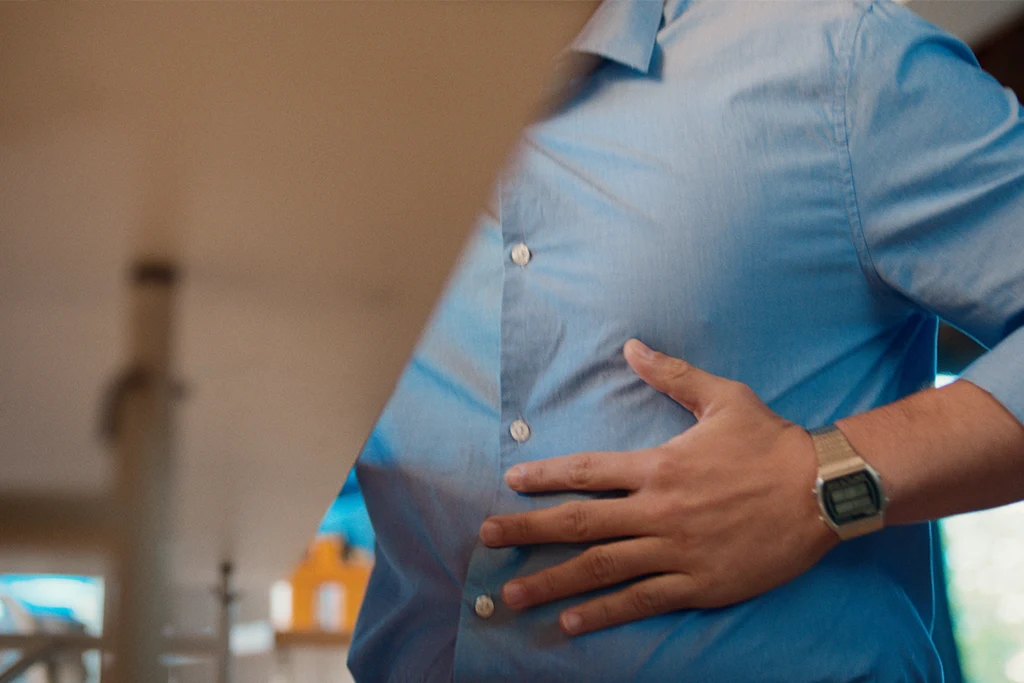Menstrual pain can occur before, during or after your period and may be severe; it is typically experienced in the lower part of your abdomen although it can stretch to your upper thigh, legs and back.2, 3 You may also experience nausea (feeling sick), vomiting, bloating and diarrhea,3 which, together with the blood loss and pain, can make you feel really awful.
Primary dysmenorrhea, the most common cause of menstrual cramps, results from uterine contractions as the body sheds its lining. These contractions are triggered by prostaglandins—hormone-like compounds that contribute to pain and inflammation. Medicine for dysmenorrhea, such as ibuprofen, can effectively ease symptoms by reducing prostaglandin levels.
In contrast, Hyoscine N-Butylbromide (HnBB) is an antispasmodic medication that helps relieve menstrual pain by relaxing the smooth muscles of the uterus. Unlike ibuprofen, HnBB directly targets the muscle spasms responsible for cramping. Combining ibuprofen with HnBB can provide a more comprehensive approach to managing menstrual pain by addressing both inflammation and muscle contractions. Hyoscine N-butylbromide + Paracetamol (Buscopan® Venus) for dysmenorrhea combined with ibuprofen can give a more comprehensive approach to managing menstrual pain by addressing both inflammation and muscle contractions.
Studies suggest that using HnBB alongside NSAIDs like ibuprofen may enhance pain relief, especially for individuals with severe menstrual cramps. This dual approach can be particularly beneficial for those who do not achieve adequate relief with NSAIDs alone. However, it is essential to consult a healthcare professional before combining medications to ensure safety and effectiveness.
This article considers the causes of cramping at your ‘time of the month’ and what can help.

%20(1).webp)
%20(1).webp)
.webp 0w)
.webp 0w)




.webp)

.webp)






